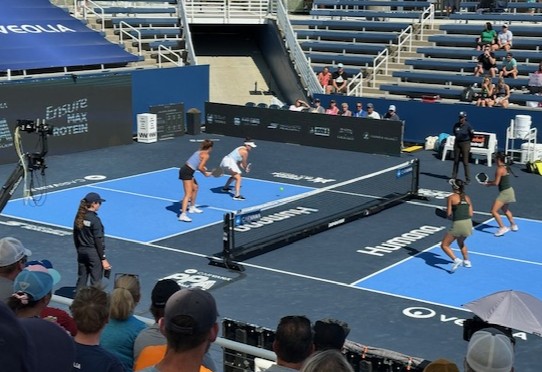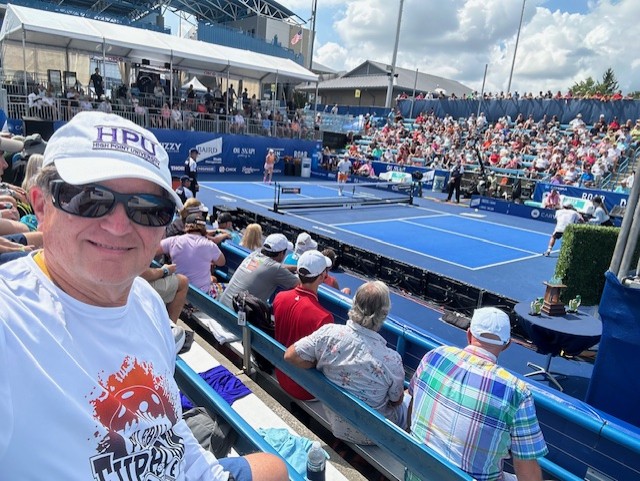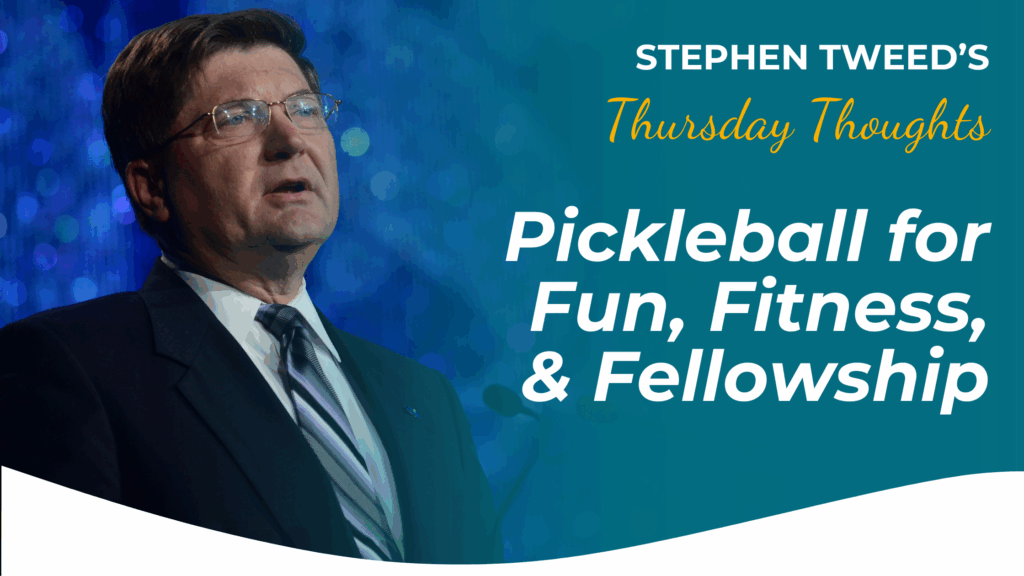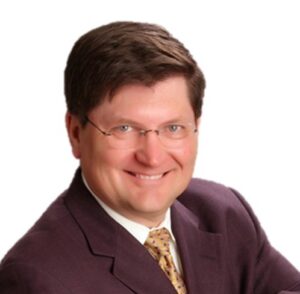This past Friday, my friend, John, and I drove from Louisville, KY to Cincinnati, OH to watch the Professional Pickleball Association Violia Championship Showcase. We spent the full day watching some of the best pickleball players in the world.
Pickleball is the fastest growing participation sport in America. According to the Sports & Fitness Industry Association (SFIA), about 19.8 million Americans played pickleball in 2024. It’s a cross between ping pong, badminton, and tennis. The sport was invented in 1965 in Bainbridge Island, Washington by three neighbors who found their kids sitting around with nothing to do. Pickleball uses a flat solid paddle, and a perforated plastic ball similar to a “Wiffleball.”
60 years later, Pickleball has also built a strong social element. Players often describe the sport as a fun way to connect, exercise, and compete, without the physical strain of higher-impact games. Leagues, tournaments, and professional tours are expanding, and prize money is drawing top athletes from other racket sports.
One of the reasons for pickleball’s popularity is its accessibility. The game is easy to learn, making it appealing to beginners, yet it also offers depth and strategy for more competitive athletes. Courts can be found in parks, community centers, schools, and private clubs, and many tennis facilities are converting courts to meet demand.
Today, pickleball represents not just a pastime but a cultural movement, blending fitness, competition, and community into one of the most inclusive sports available.

Keep Moving, Have Fun, Stay Fit
Six years ago, our community in Florida installed two Pickleball courts. I was playing a lot of tennis at the time, and I was curious about this “new” sport. I went over to our new courts, introduced myself to the folks who were playing, and asked if I could learn. For two years, I continued to play both tennis and Pickleball.
As I became addicted to Pickleball, I shifted to playing every day. We have a park in our neighborhood in Louisville with 18 outdoor courts, and every morning about 25 of us who are similar in age and ability gather to move, laugh, and learn.
I’ve found that having a morning routine where I rise early, do my reading and study, and then head to the pickleball court for movement, laughter, and community is a great way to start my day. As we age, we need to keep moving. And, we need to keep laughing.
What do you do for fun, fitness, and fellowship?
How does that help you stay mentally, physically, and emotionally healthy?

Fun, Fitness, and Fellowship in Home Care Leadership
As I have had the opportunity to watch the very best pickleball players in the world up close, I’ve observed some similarities with the very best home care leaders in the world. I’ve also been blessed to know some of the most amazing leaders in Home Care companies in the US, Canada, The UK, and Australia. I’ve become personal friends with founders of the top independent and franchise Home Care companies in our country.
These leaders love what they do. It’s hard work growing a top tier Home Care company, but they have fun doing it. Sure, there are trials and tribulations along the way. There are times when you just don’t feel like getting up for practice one more time. Yet, in the long run, it’s FUN!
These leaders have their own personal routine for staying fit — physically, mentally, emotionally, and spiritually. Staying healthy is an important characteristic of highly successful leaders.
These leaders thrive on fellowship. They work hard at being connected with people … in their companies … in their communities … in their industry. We have a saying in our Home Care Business Strategy program …
“All things being equal, people would rather do business with a friend. All things being unequal, people would still rather do business with a friend.”
How do fun, fitness, and fellowship fit into your daily routine?
What have you learned from knowing other leaders in the top tier of Home Care?




